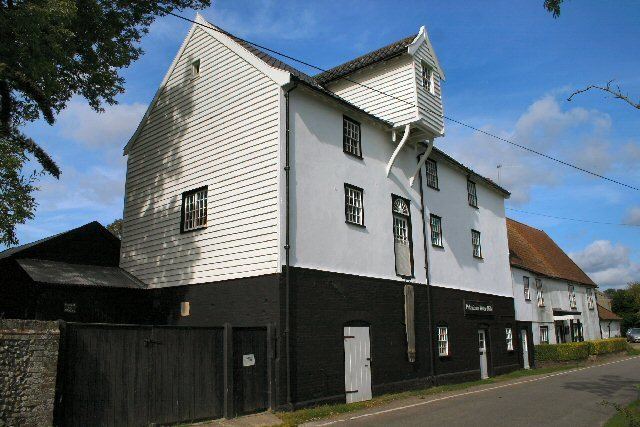Population 922 (2011) Sovereign state United Kingdom Local time Monday 9:44 PM District St Edmundsbury | OS grid reference TL924673 | |
 | ||
Weather 7°C, Wind SW at 19 km/h, 93% Humidity | ||
Ringing at pakenham suffolk
Pakenham is a village in the English county of Suffolk. Its name can be linked to Anglo-Saxon roots, Pacca being the founder of a settlement on the hill surrounding Pakenham church, an area higher than the waters of Pakenham Fen. The discovery of many Anglo-Saxon remains, notably that of a bone-toothed comb in the old school garden (just over the road from the church) in the 1950s, testify to the authenticity of the site. The village was therefore named Pacca's Ham, i.e., the home of Pacca, a name which eventually became Pakenham, (pronounced locally with a long "a" sound.) The Anglo-Saxon family name later becomes "de Pakenham". Pacca's descendants continued to farm here until the Norman Conquest, 1066.
Contents
Map of Pakenham, Bury Saint Edmunds, UK
The village sits to the east of Bury St. Edmunds and is administered as part of the borough of St Edmundsbury. Prior to the local government reorganisation of 1974 it was part of Thingoe Rural District. The village describes itself as the "Village of Two Mills", as it has a water mill that claims to be the only working example in the county as well as a working windmill.
The village contains several manor houses. Pakenham Hall was the family seat of the Spring family, but has since been demolished. Nether Hall was the original home of the de Pakenham family and later seat of the Greene baronets. Newe House was built by Sir Robert Bright before becoming the dower house of the Spring family. Several members of the Spring family are buried in the parish church.
